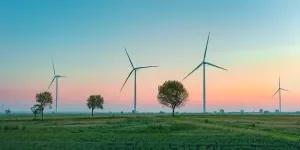Wind energy, hailed for its green credentials, has become a cornerstone in the renewable energy landscape. However, like any energy source, it comes with its own set of challenges. This article aims to shed light on the cons of wind energy, providing a nuanced understanding that goes beyond the usual praise. By exploring these aspects, readers can foster a well-rounded perspective on wind energy’s role in our quest for sustainable power solutions.
Table of Contents:
1. Environmental impact
2. Reliability and intermittency issues
3. Infrastructure and space requirements
4. Economic considerations
5. Noise and aesthetic concerns
Environmental impact
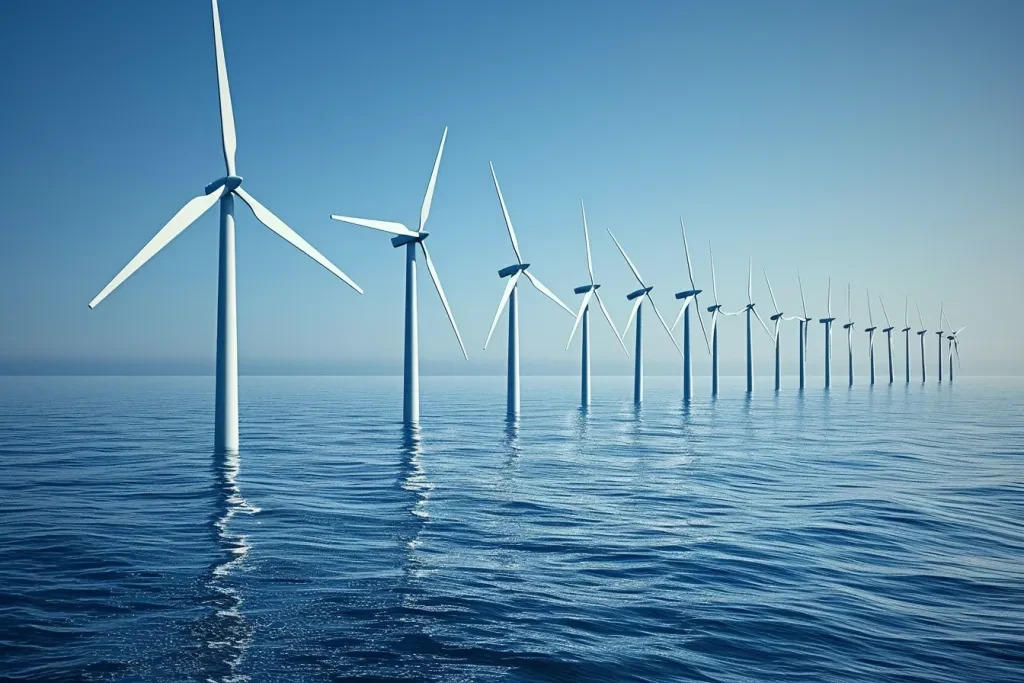
Wind energy is often celebrated for its low carbon footprint, but its environmental impact extends beyond greenhouse gas emissions. The construction of wind turbines can disrupt local wildlife habitats, particularly for bird and bat populations. These creatures can collide with turbine blades, leading to fatalities. Moreover, the installation process can lead to soil erosion and habitat destruction, especially in sensitive ecological areas.
Another aspect often overlooked is the lifecycle of a wind turbine. From manufacturing to decommissioning, each stage has environmental implications. The production process involves materials like steel and concrete, whose manufacturing emits significant amounts of CO2. Additionally, the question of recycling old turbines looms large, as the composite materials used in blades are not easily recyclable, posing future waste management challenges.
Despite these concerns, it’s important to recognize the efforts to mitigate such impacts through better siting of wind farms, technological advancements, and improved recycling methods. These efforts underscore the industry’s commitment to minimizing environmental footprints.
Reliability and intermittency issues
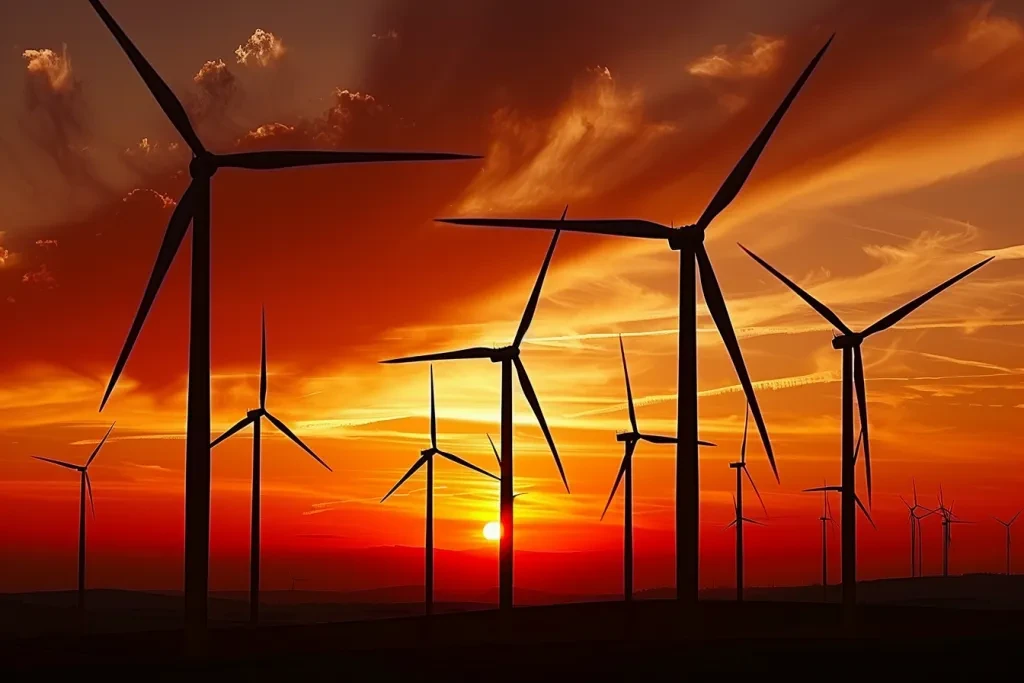
The intermittent nature of wind is one of its most significant drawbacks. Wind energy generation is at the mercy of weather conditions; calm days mean little to no electricity production. This unpredictability complicates integration into the power grid, necessitating backup power sources to ensure a stable energy supply, often from fossil fuels, which can diminish the overall environmental benefits.
Moreover, the variability of wind can lead to energy wastage during periods of overproduction, especially in the absence of efficient energy storage solutions. This challenge highlights the need for advancements in energy storage technologies, such as batteries, to harness wind energy more effectively.
Despite these hurdles, innovations in forecasting and grid management are improving the reliability of wind energy. These advancements, along with the development of more efficient storage solutions, are crucial for maximizing wind power’s potential in a diversified energy portfolio.
Infrastructure and space requirements
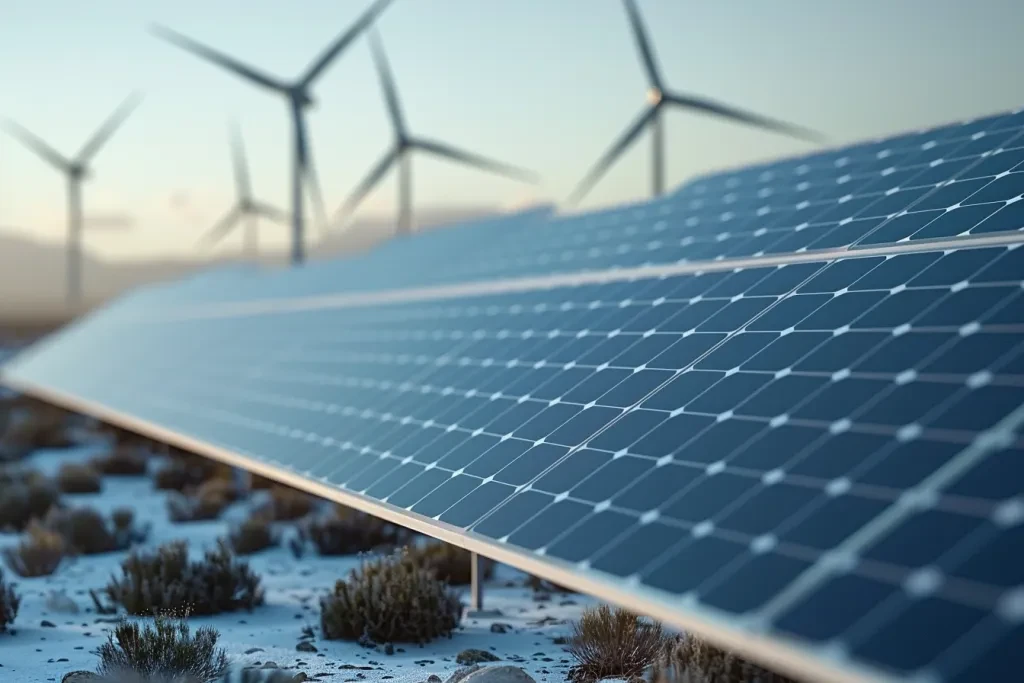
Establishing a wind farm is not just a matter of installing turbines. It requires substantial infrastructure, including roads for access, power lines for electricity distribution, and substations. These requirements can lead to significant environmental and visual impacts, particularly in pristine landscapes.
Moreover, wind farms require large areas to be economically and technically viable, often leading to land use conflicts. The need for space can compete with agricultural, recreational, or conservation interests, sparking community opposition.
Despite these challenges, strategic siting and community engagement can alleviate some concerns. Innovations in turbine design also promise to reduce space and infrastructure requirements, making wind energy more adaptable to different environments.
Economic considerations
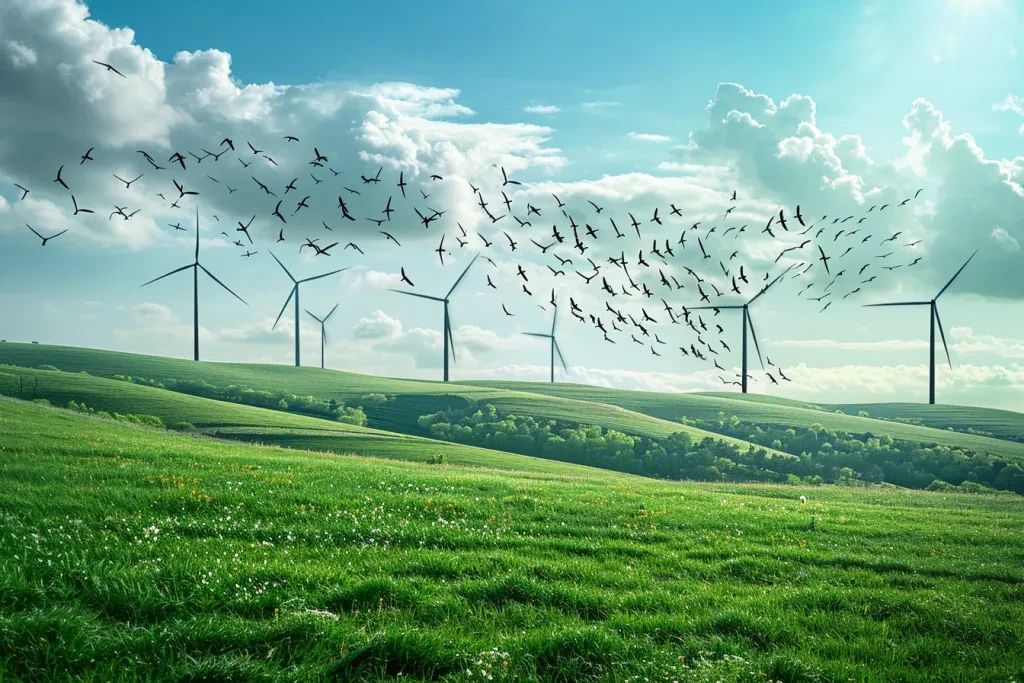
While the cost of wind energy has decreased significantly, economic hurdles remain. The initial investment for wind farm construction is substantial, encompassing not only the turbines but also the necessary infrastructure. This high upfront cost can be a barrier, especially in regions with limited access to financing.
Moreover, the economic viability of wind energy can be affected by policy changes and market fluctuations. Incentives and subsidies play a crucial role in promoting wind energy investments, but their variability can introduce financial risk.
Despite these economic challenges, the long-term benefits of wind energy, including low operational costs and the potential for job creation, offer a compelling case for its continued development. As technology advances and costs continue to decrease, wind energy remains a key player in the transition to renewable energy.
Noise and aesthetic concerns

Wind turbines can be a source of noise, which, while generally not harmful, can be a nuisance to nearby residents. The sound of rotating blades and the visual impact of turbines on landscapes are common concerns, often leading to opposition to new wind projects.
Addressing these concerns requires careful planning and community engagement. Advances in turbine technology are reducing noise levels, and creative solutions, such as integrating turbines into the built environment, can mitigate visual impacts.
Despite the challenges, the benefits of wind energy in reducing greenhouse gas emissions and fostering energy independence cannot be overlooked. Engaging communities in the planning process and focusing on technological innovations are key to addressing these concerns.
Conclusion:
Wind energy, with its promise of clean, renewable power, is not without its drawbacks. From environmental impacts to reliability issues, economic considerations, and community concerns, these challenges require thoughtful attention and innovative solutions. As we navigate the complexities of our energy needs, understanding the cons of wind energy is crucial in crafting a sustainable future. Through continued research, technological advancements, and collaborative efforts, we can address these challenges, harnessing wind’s full potential as part of a balanced energy portfolio.
